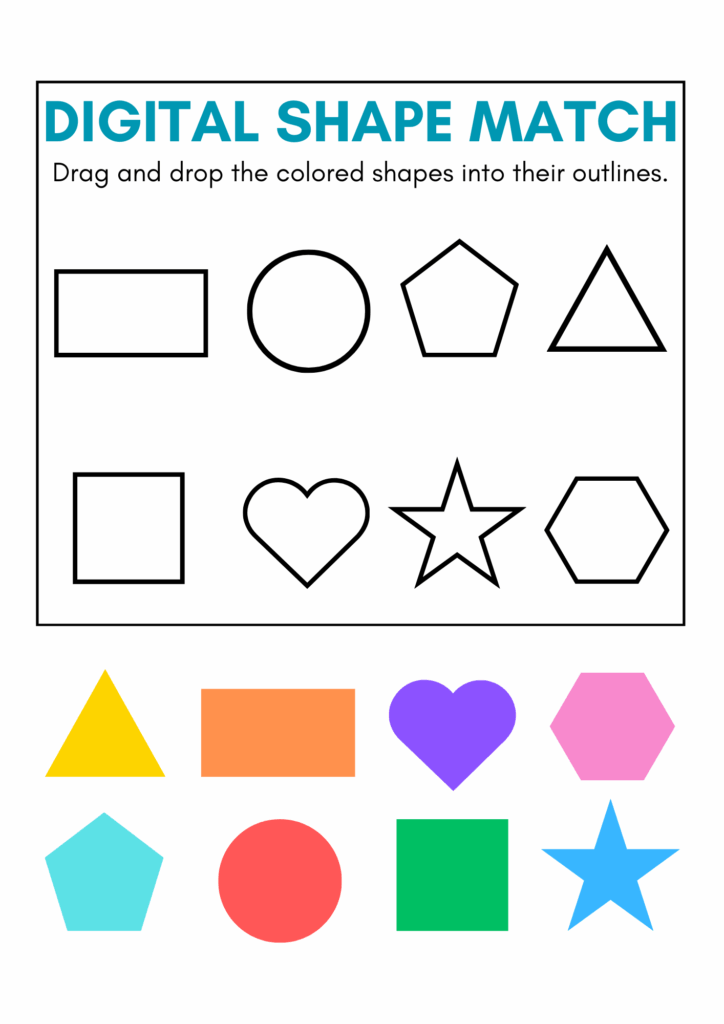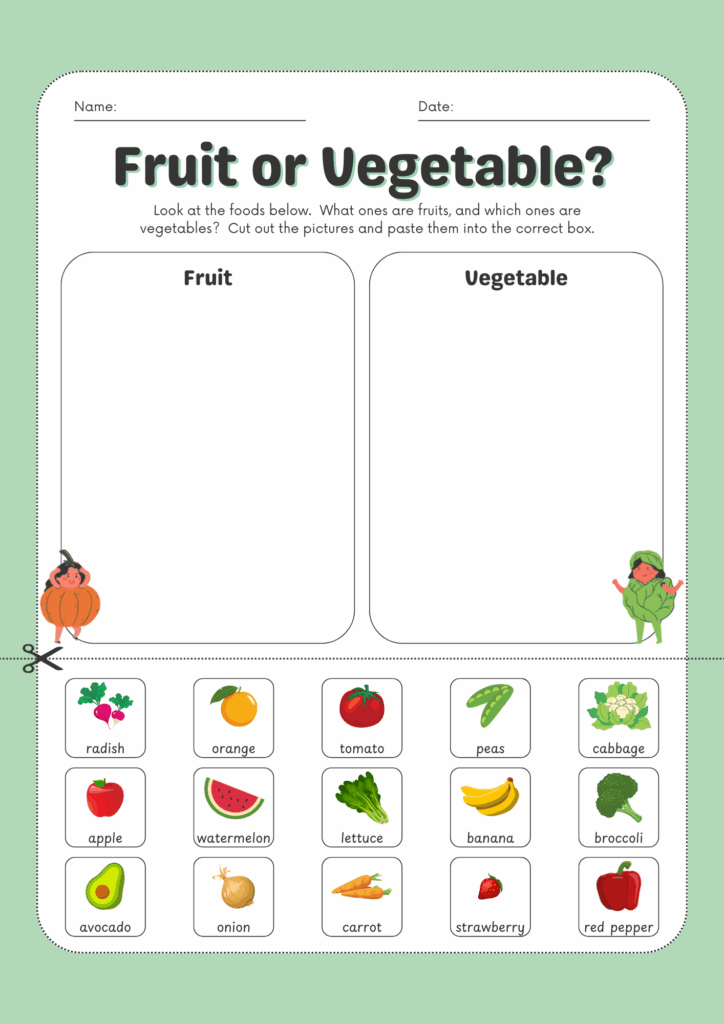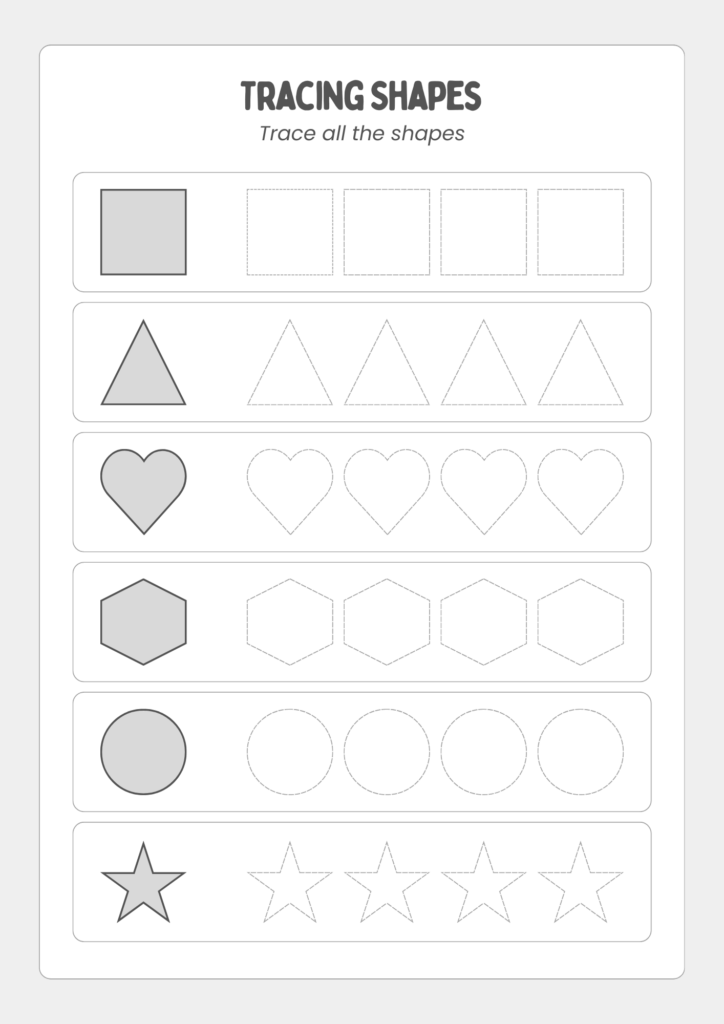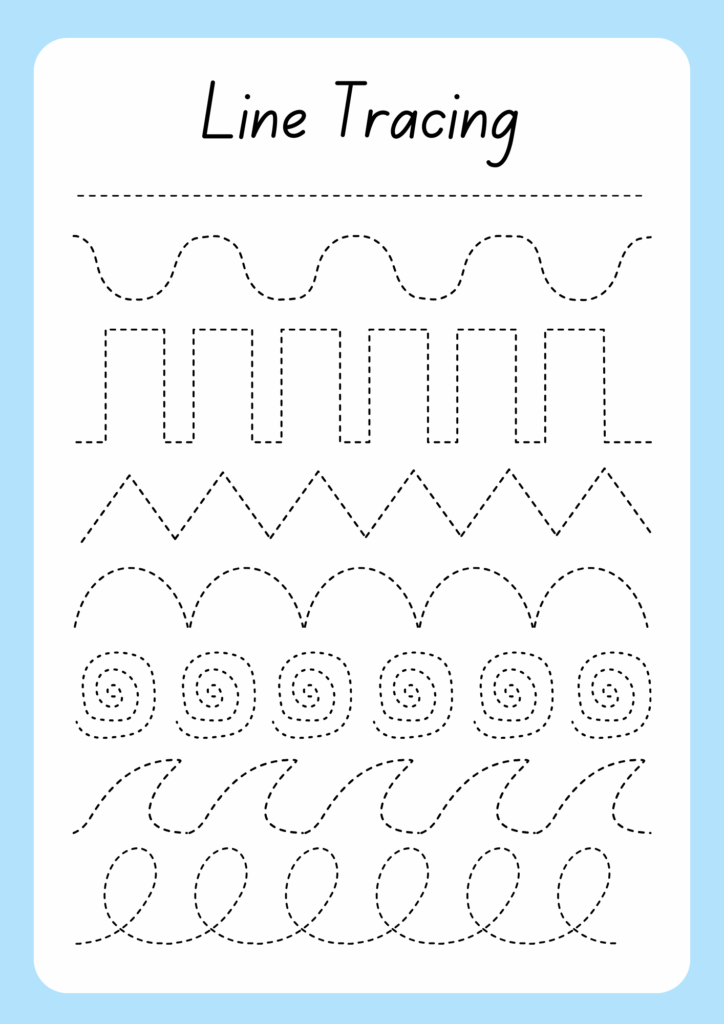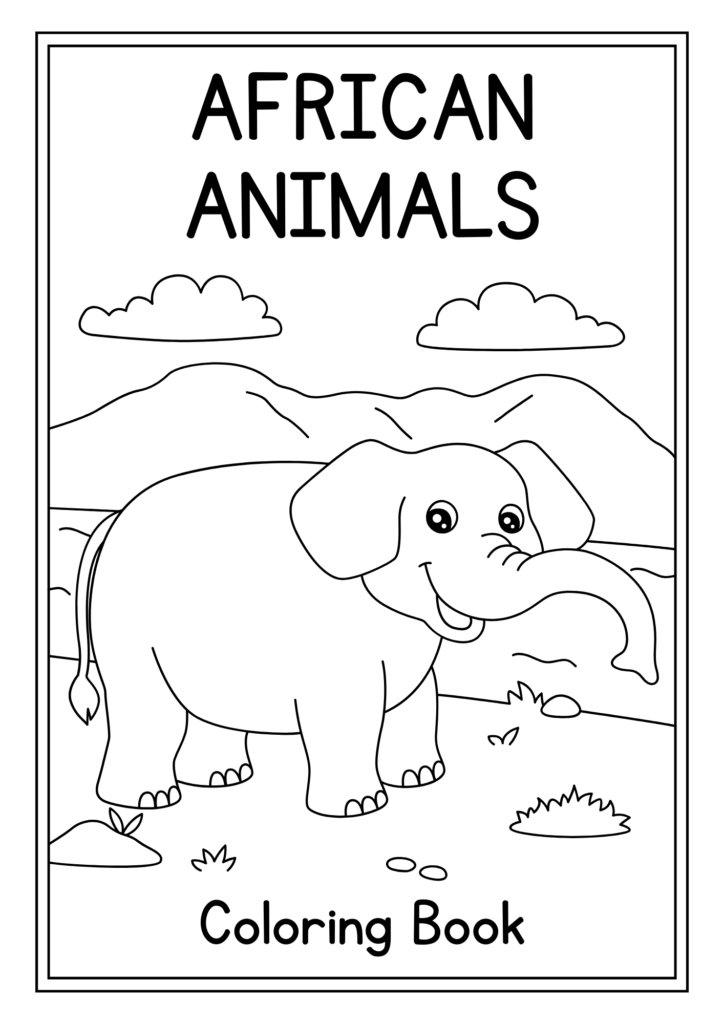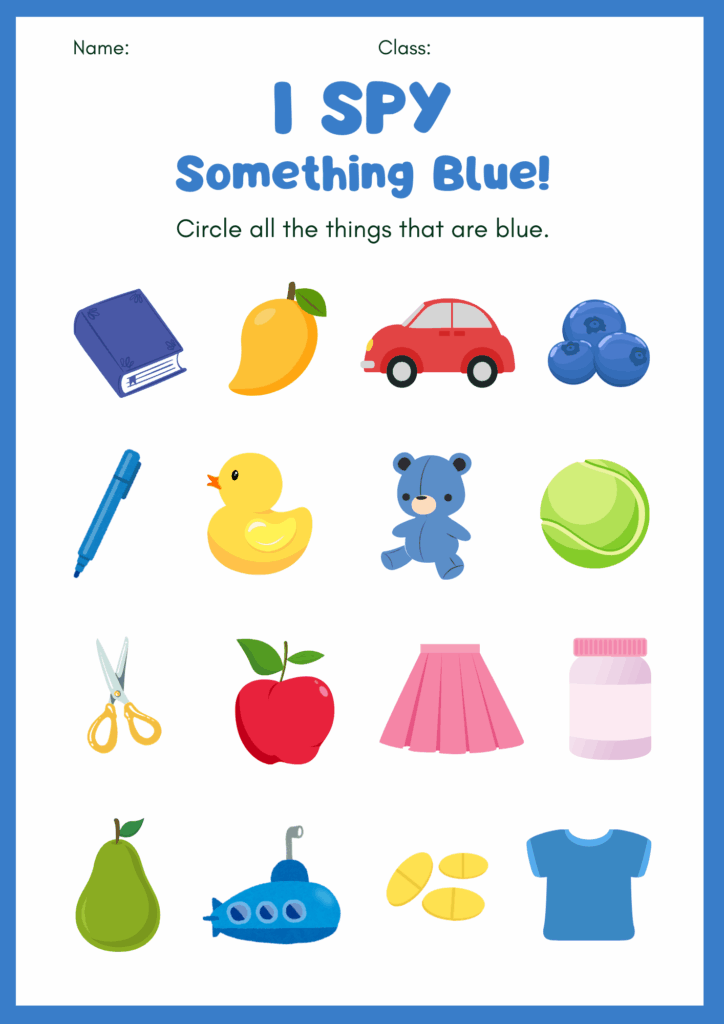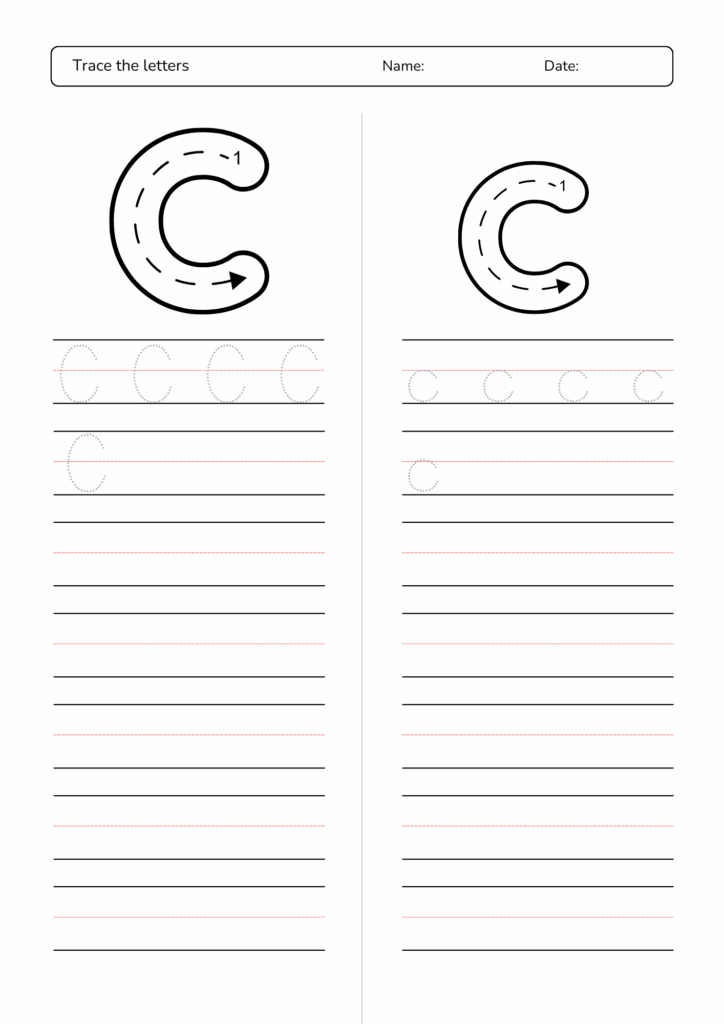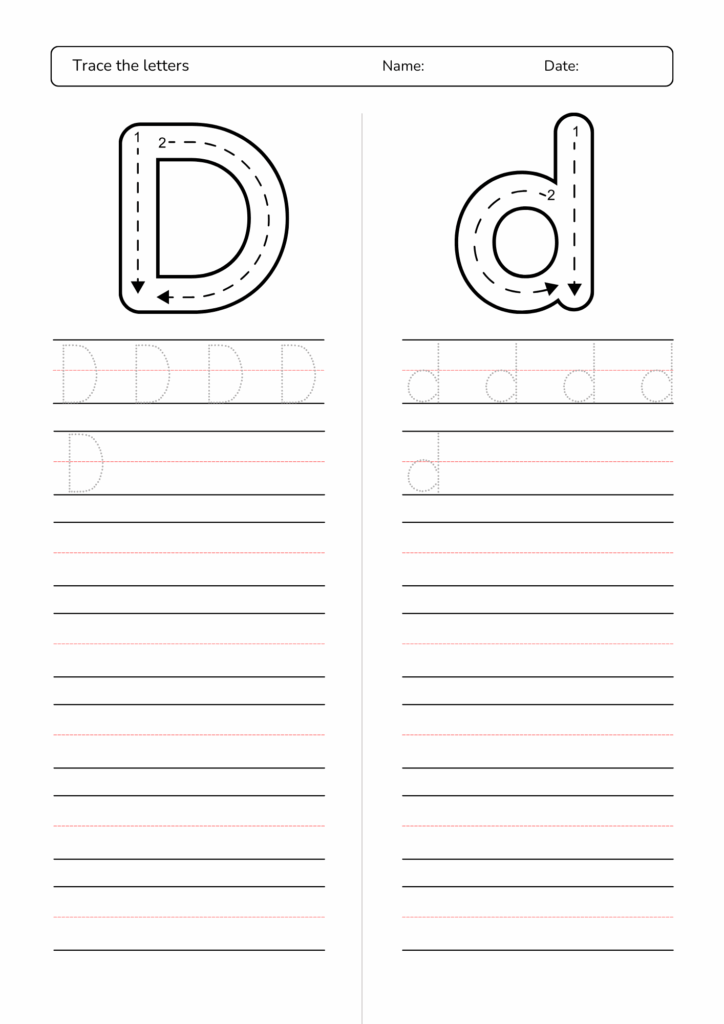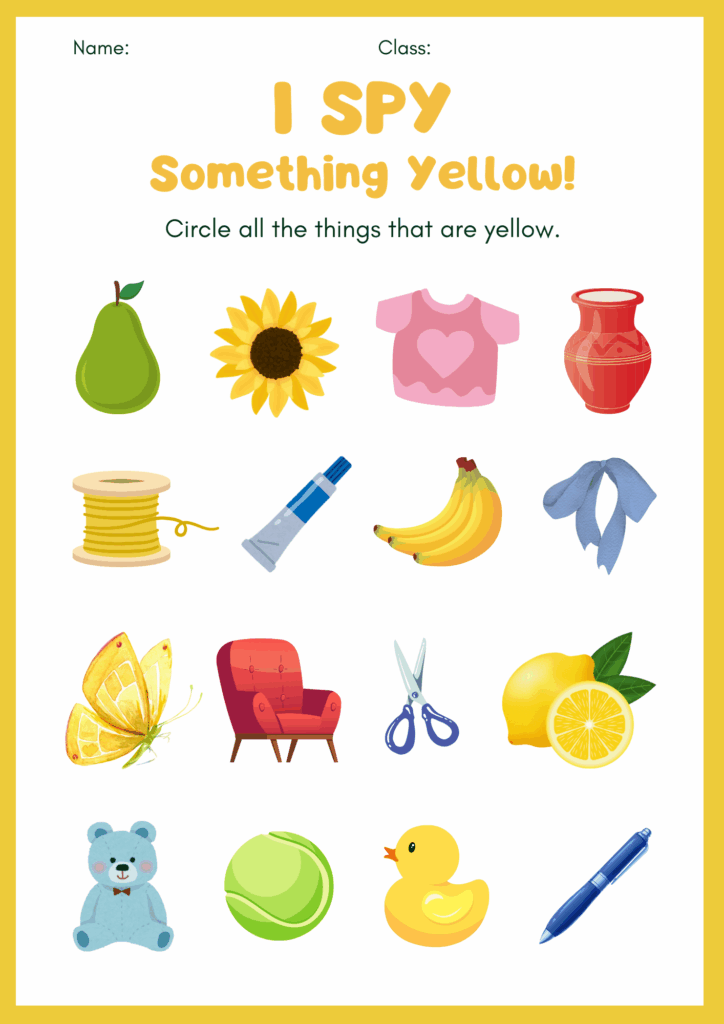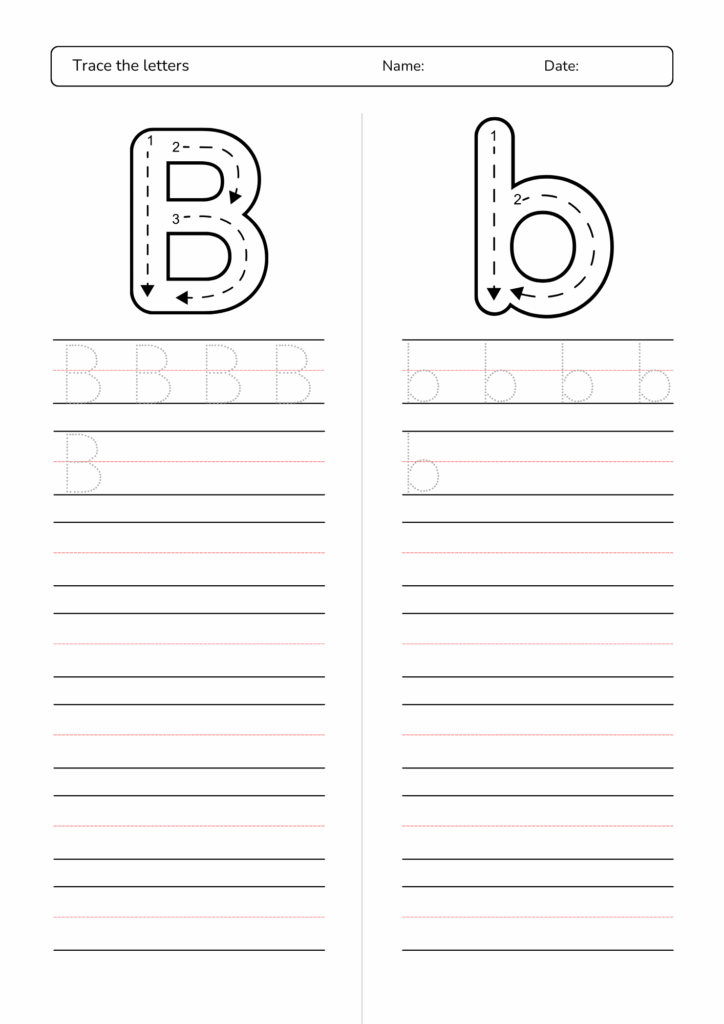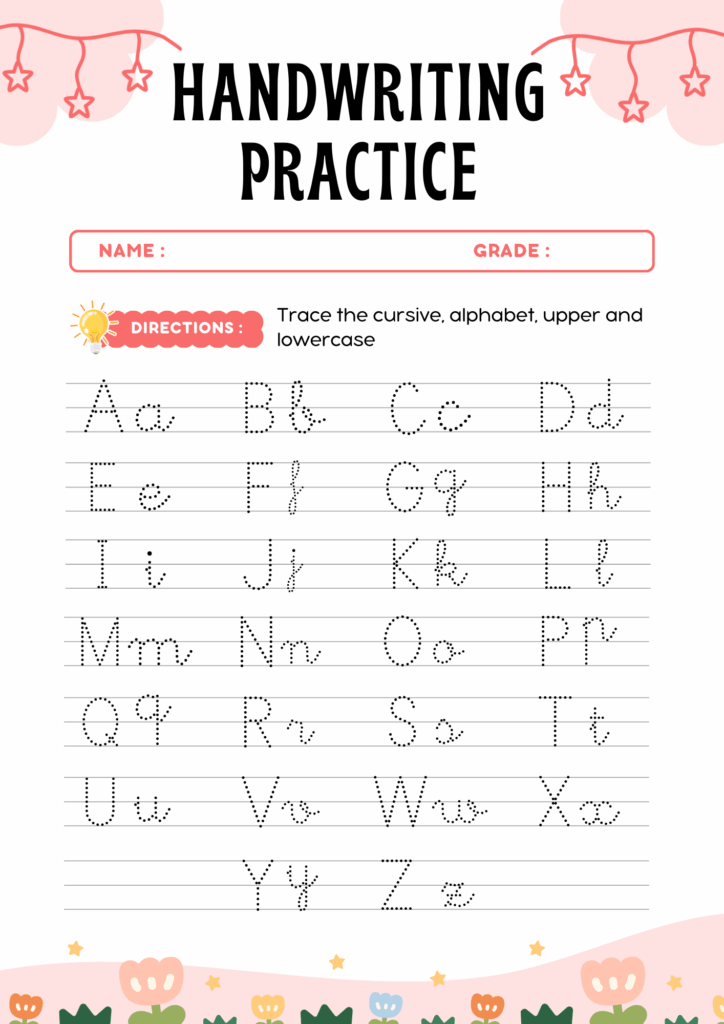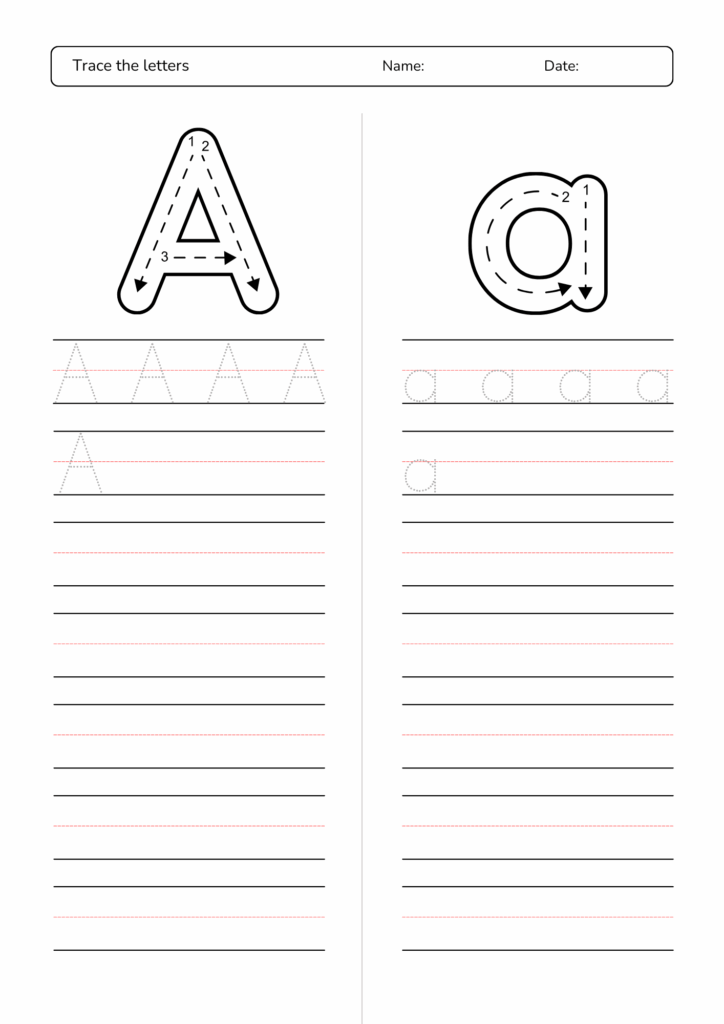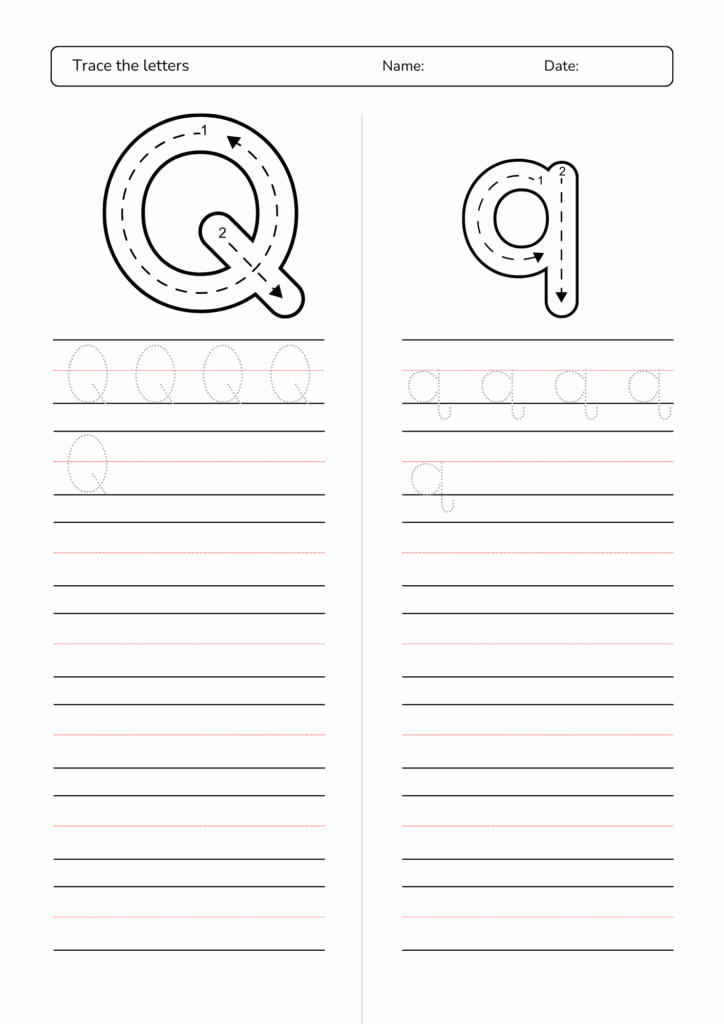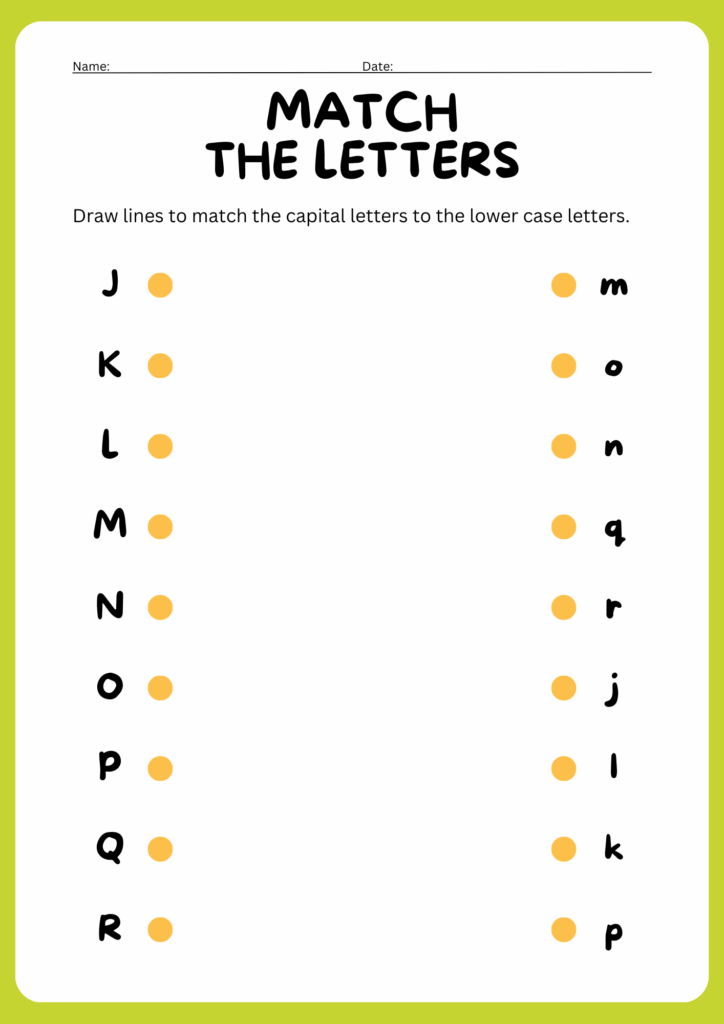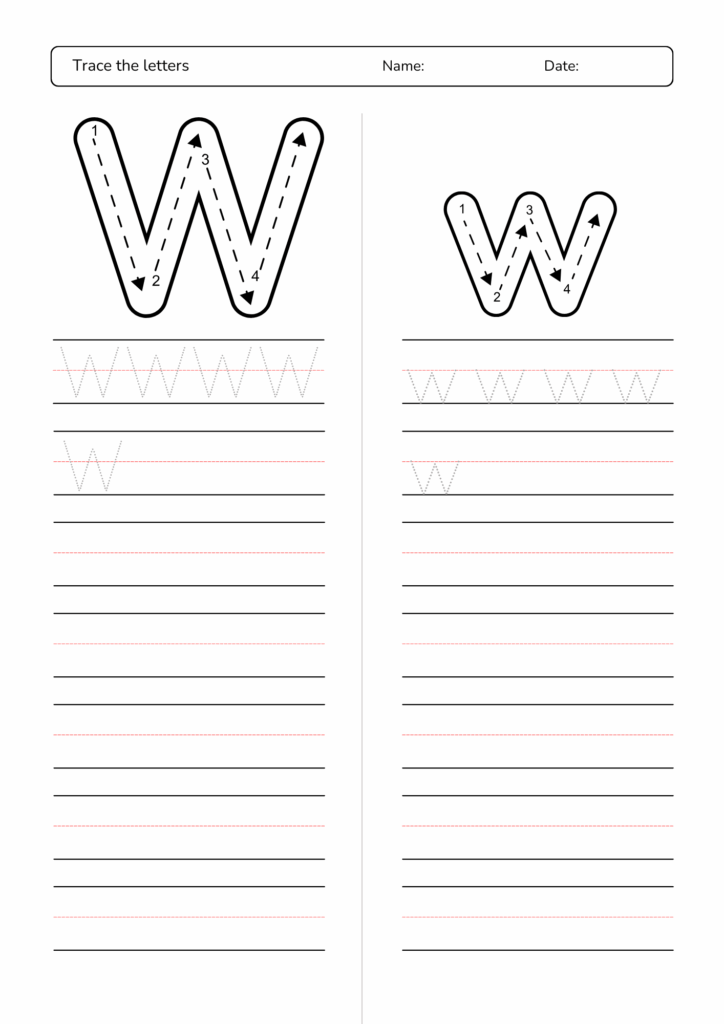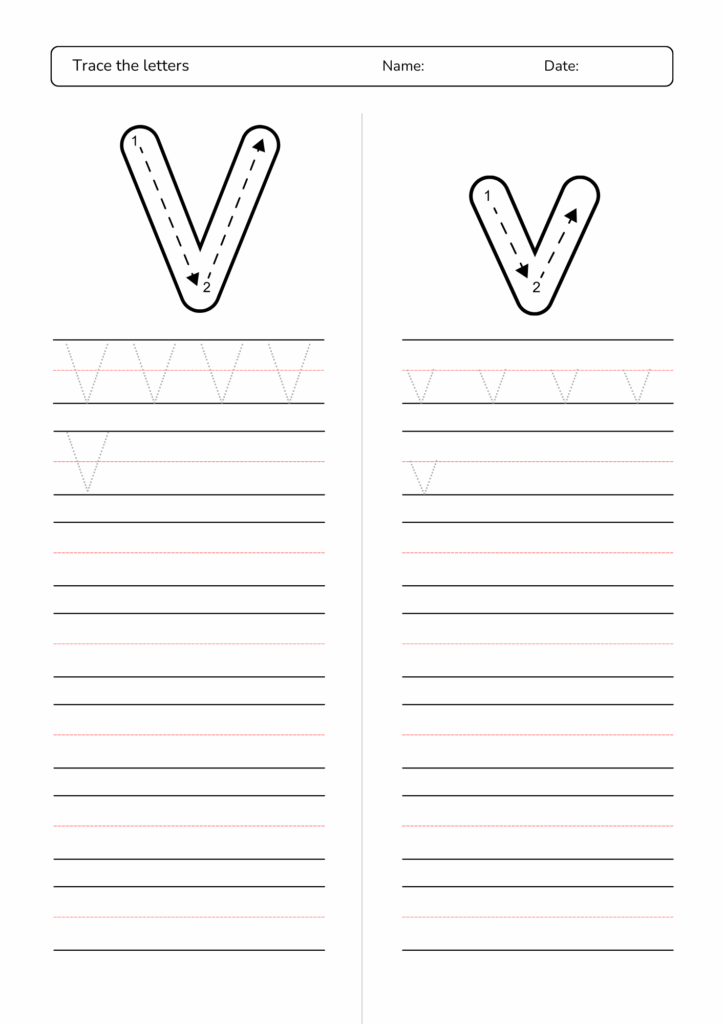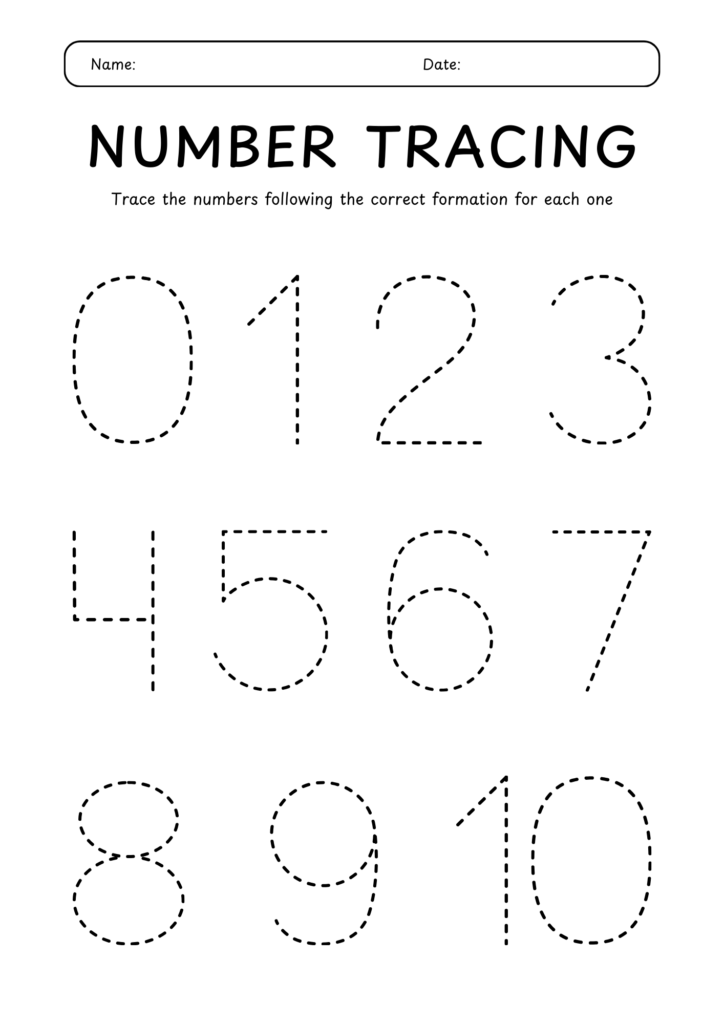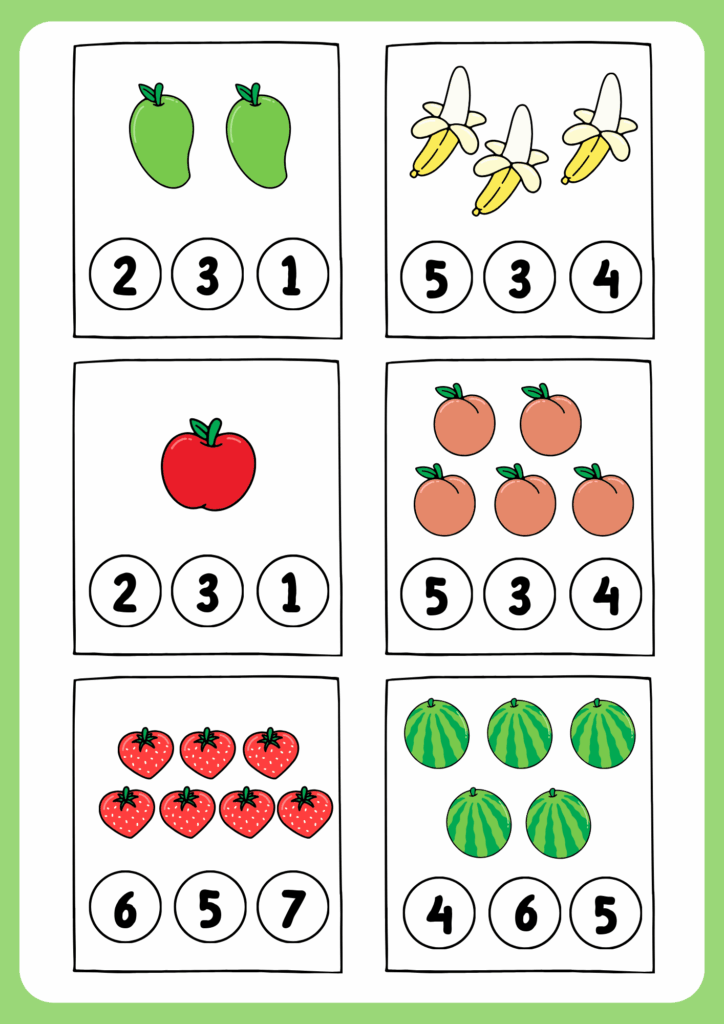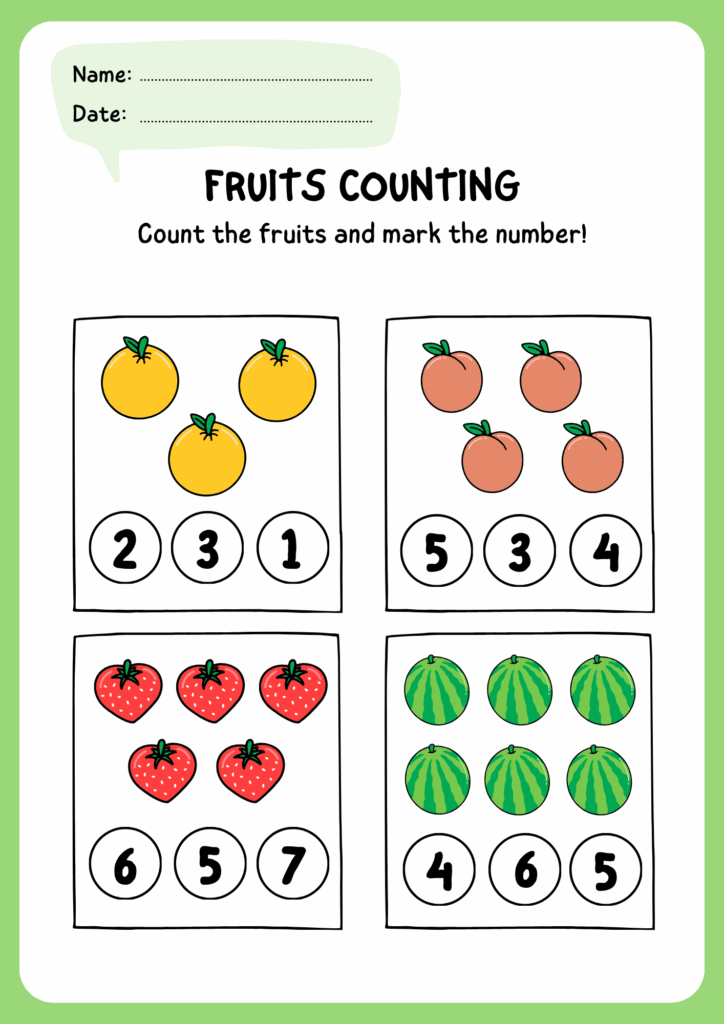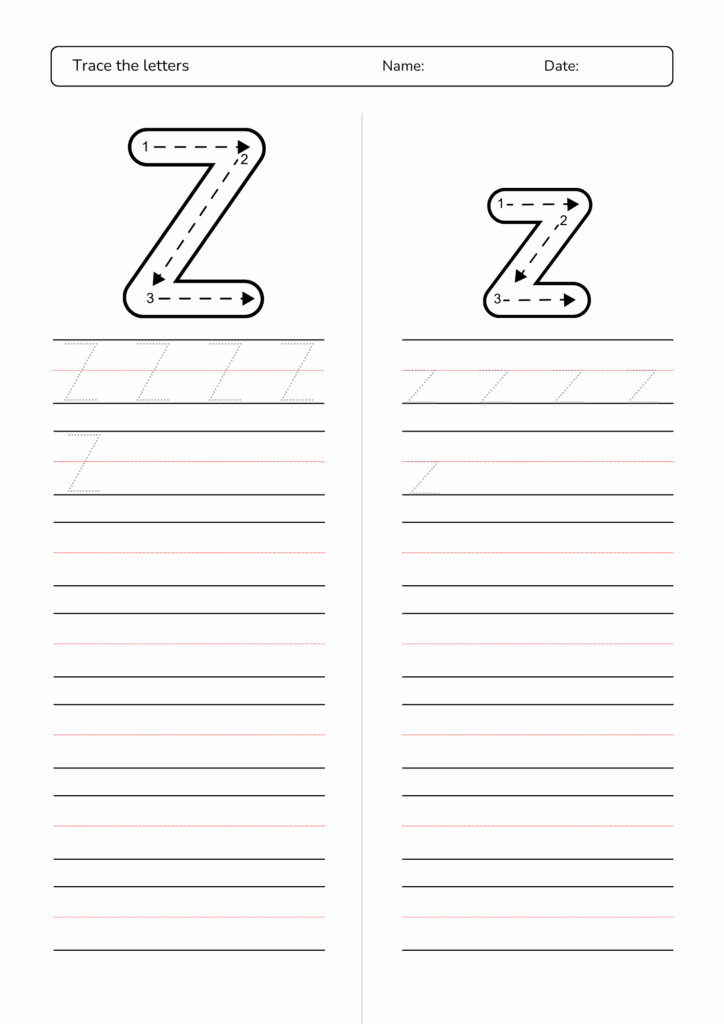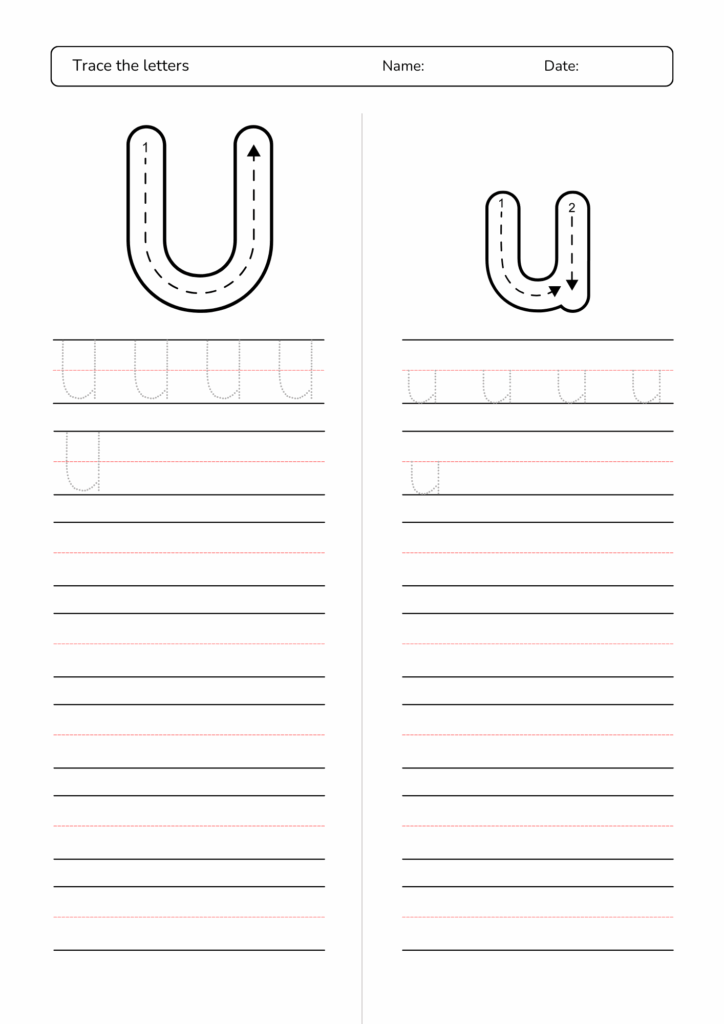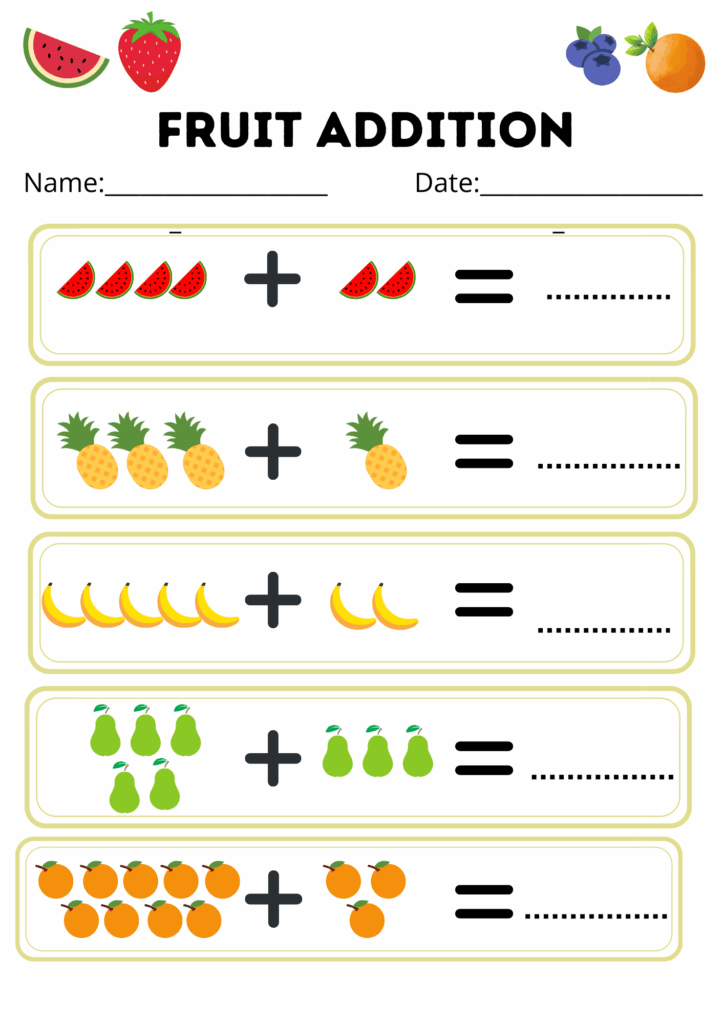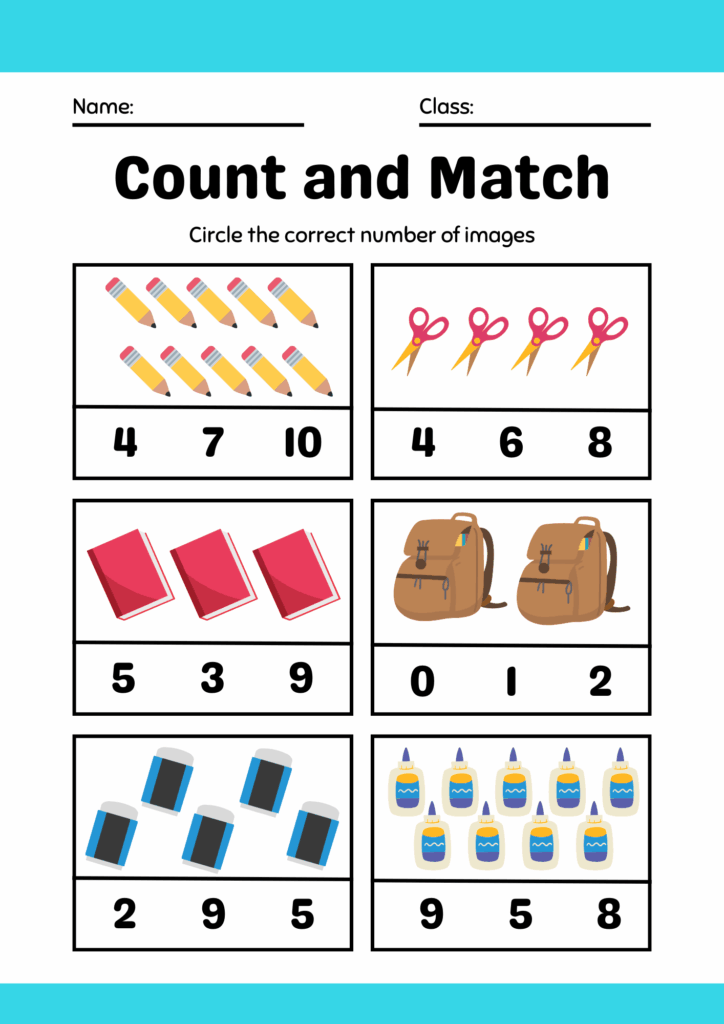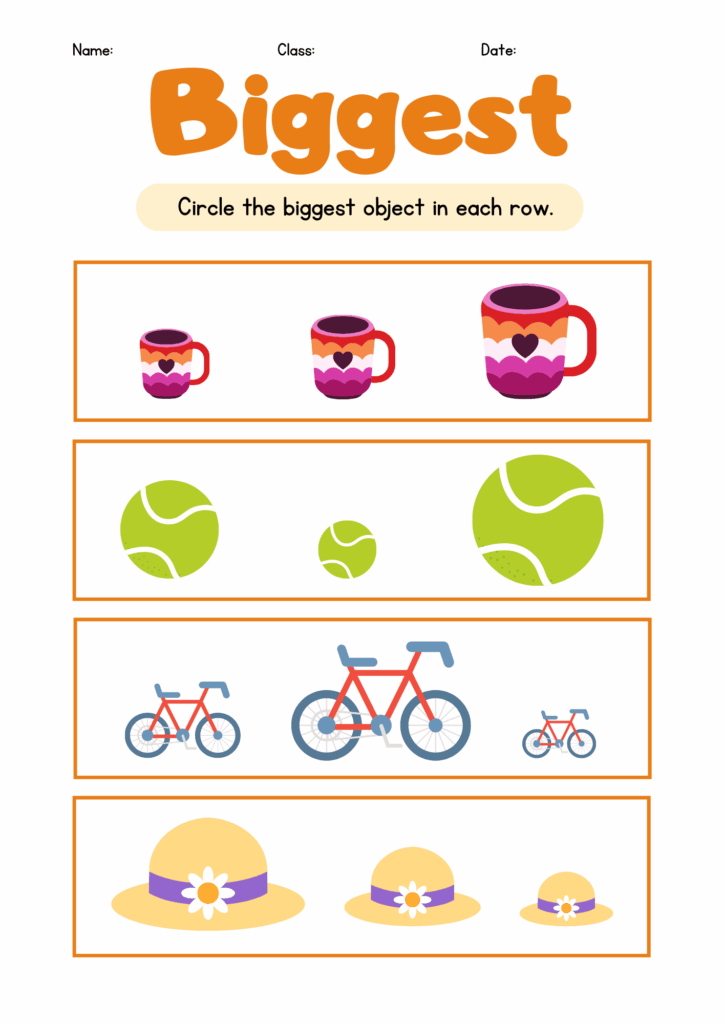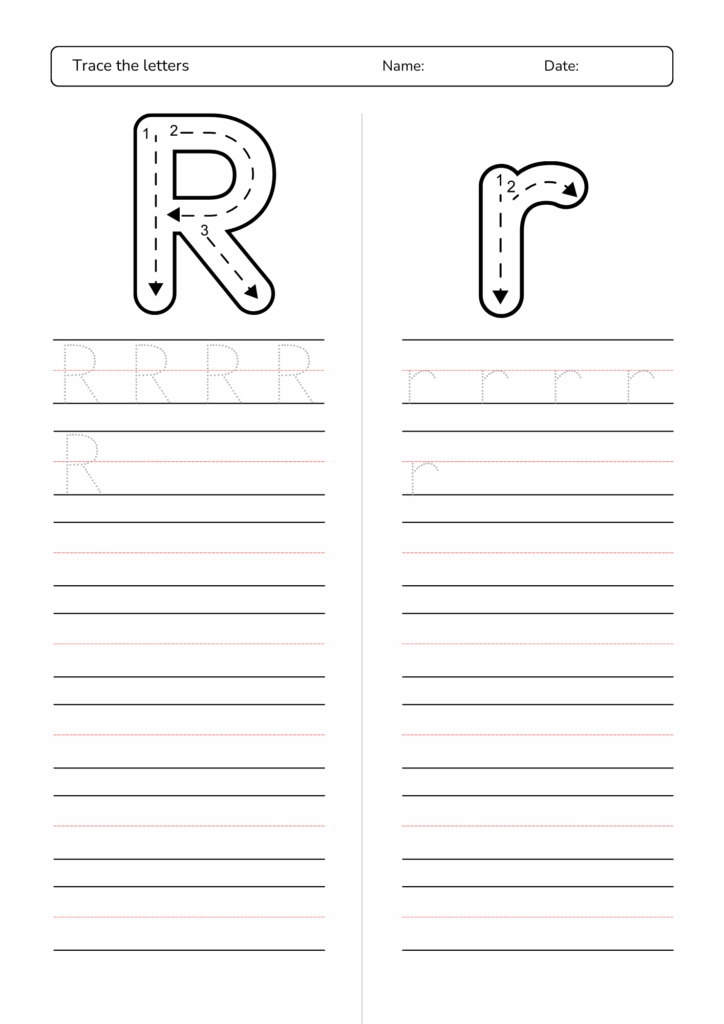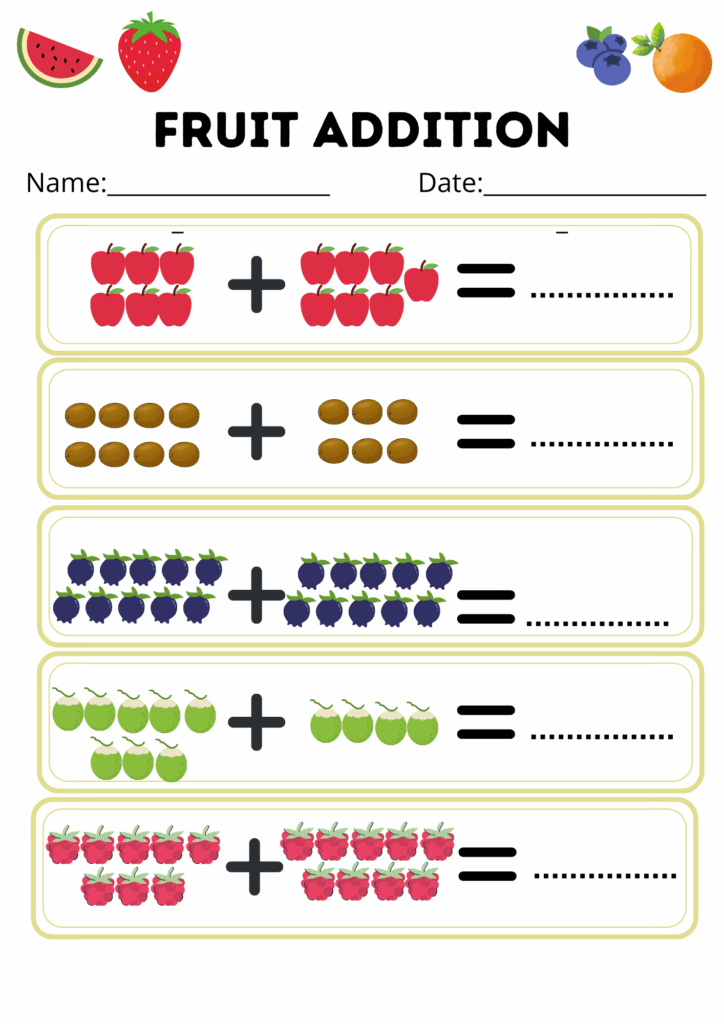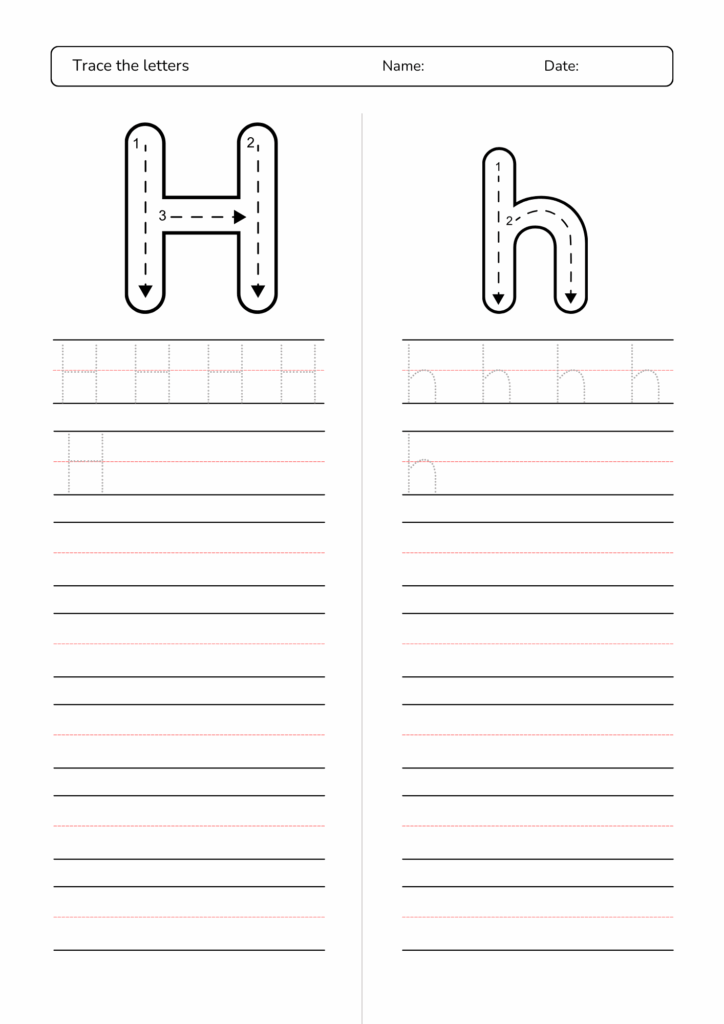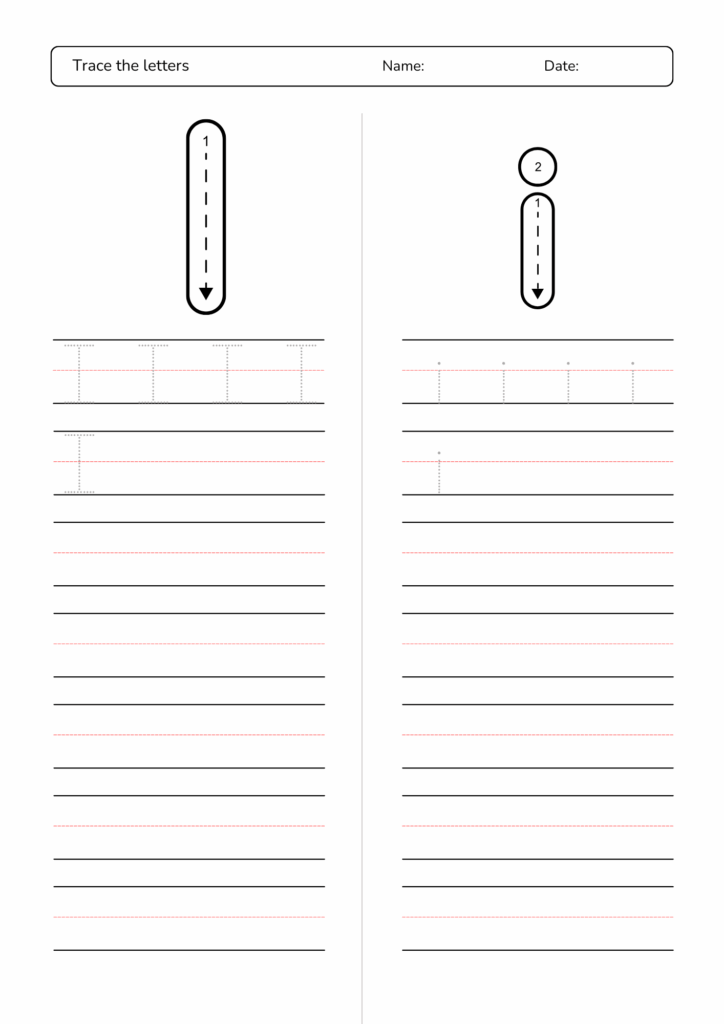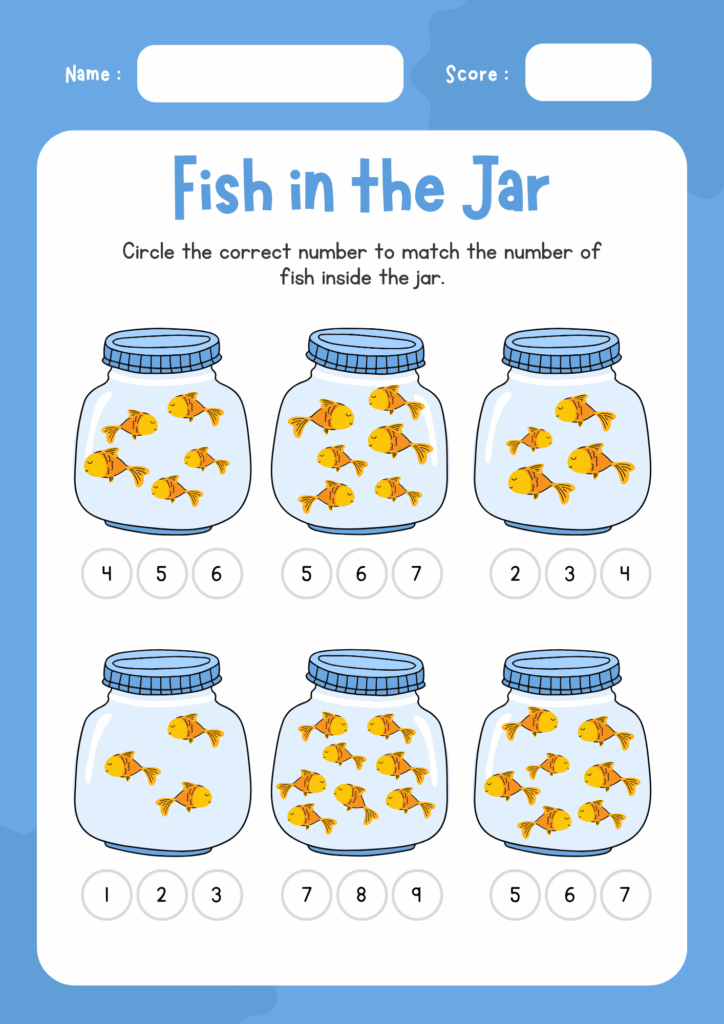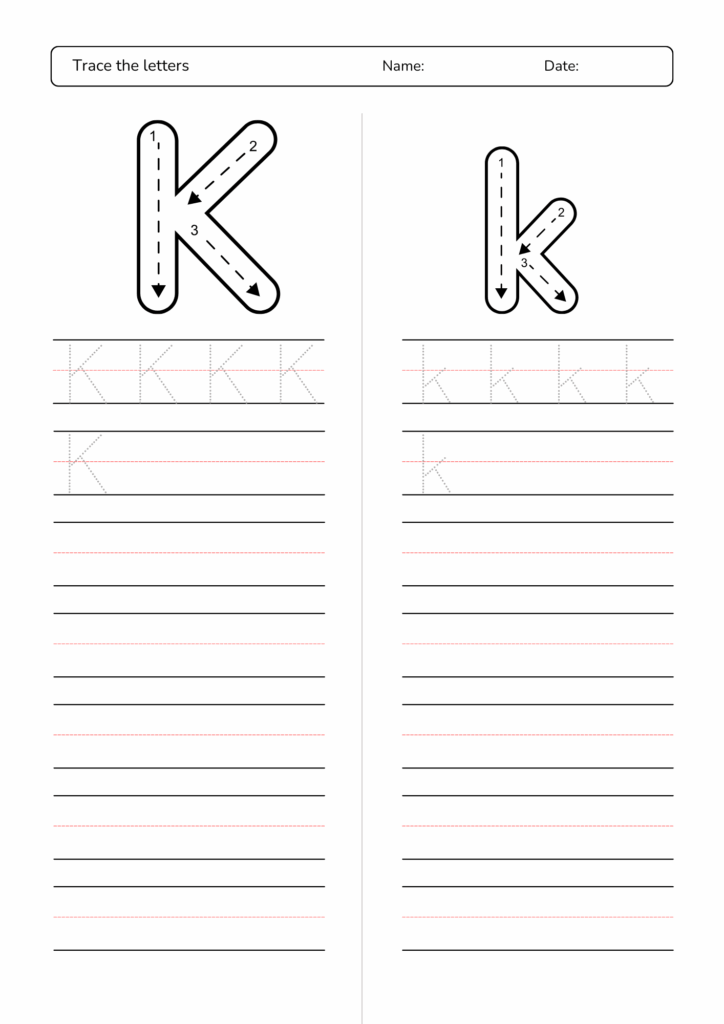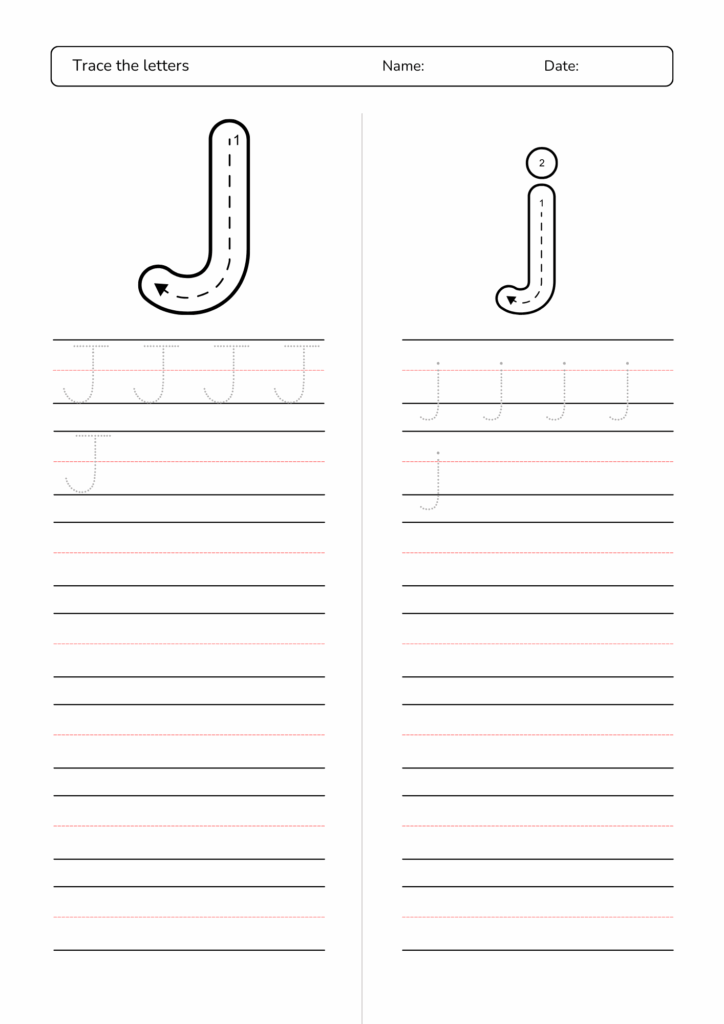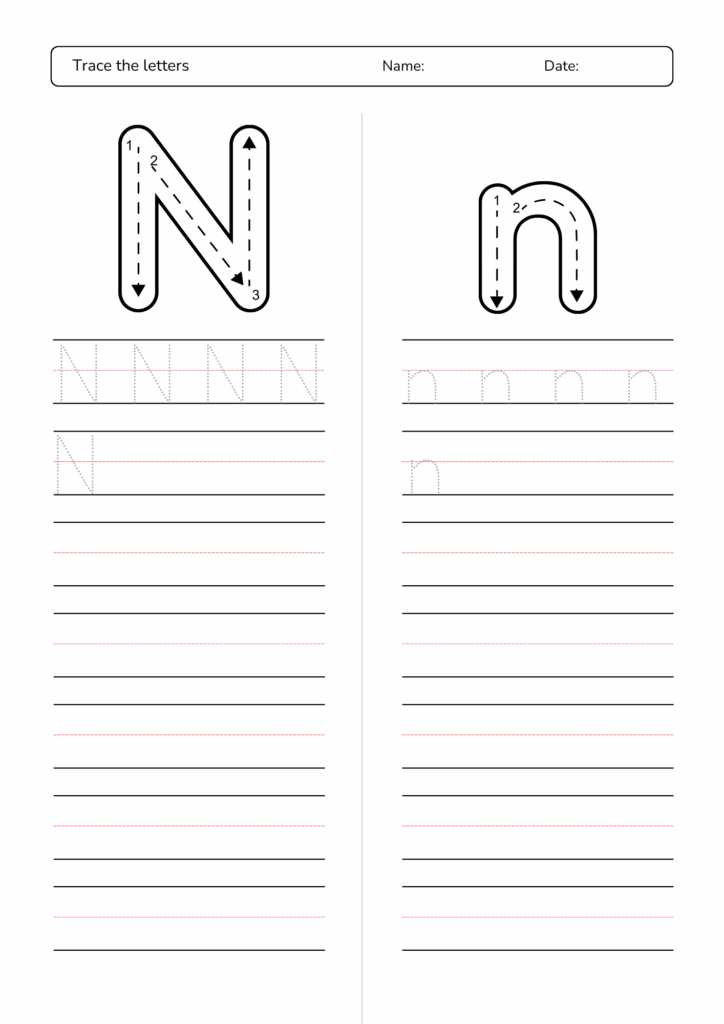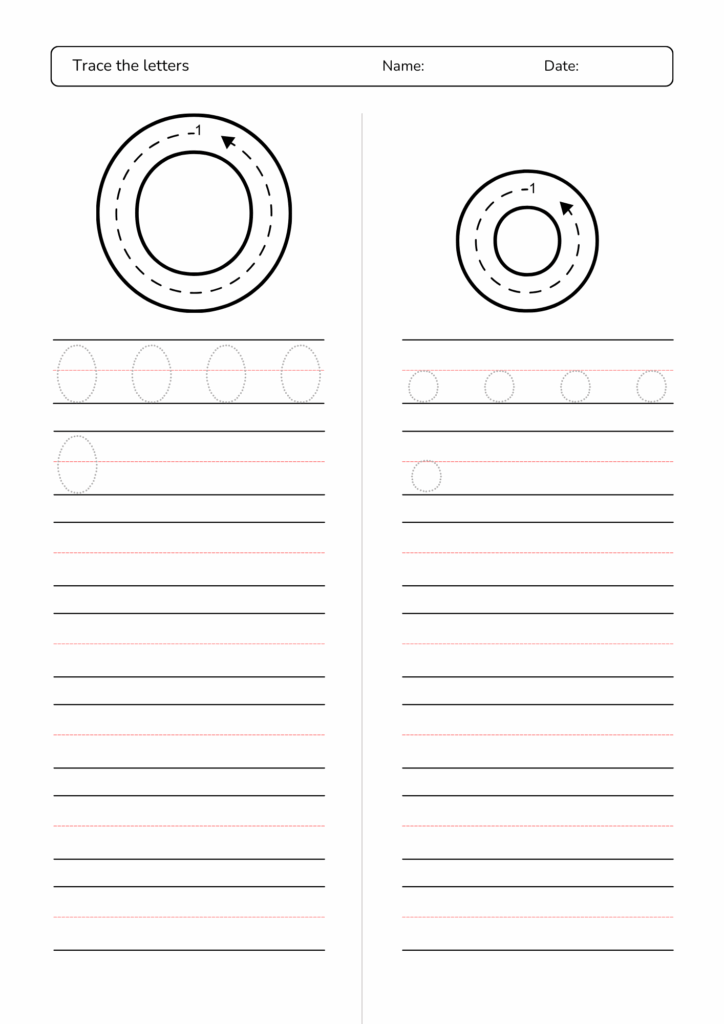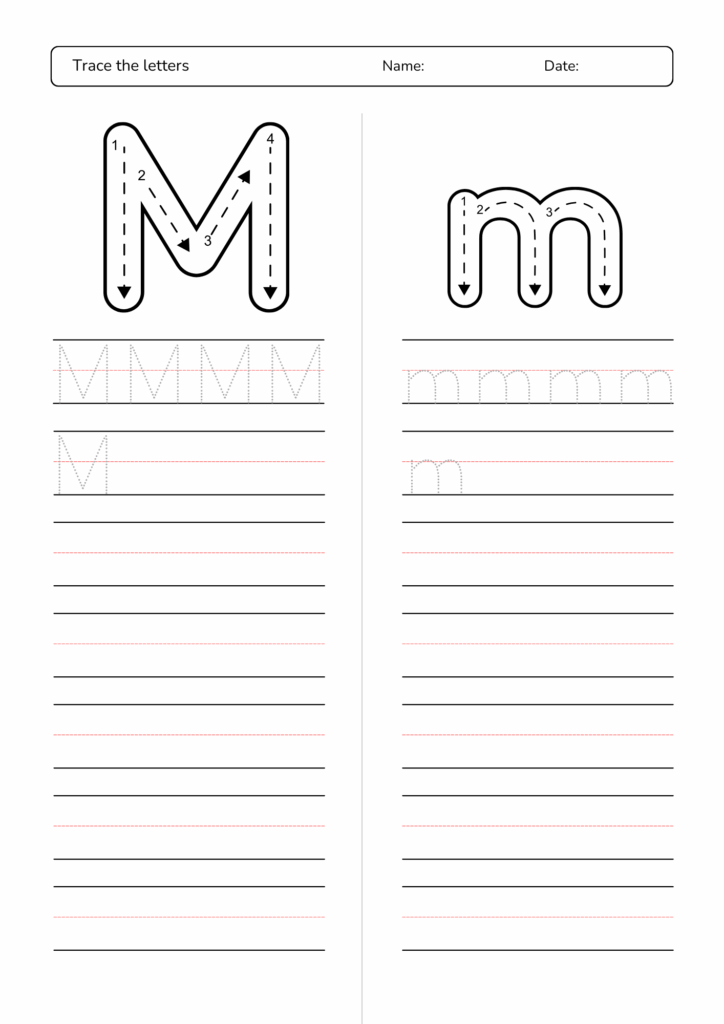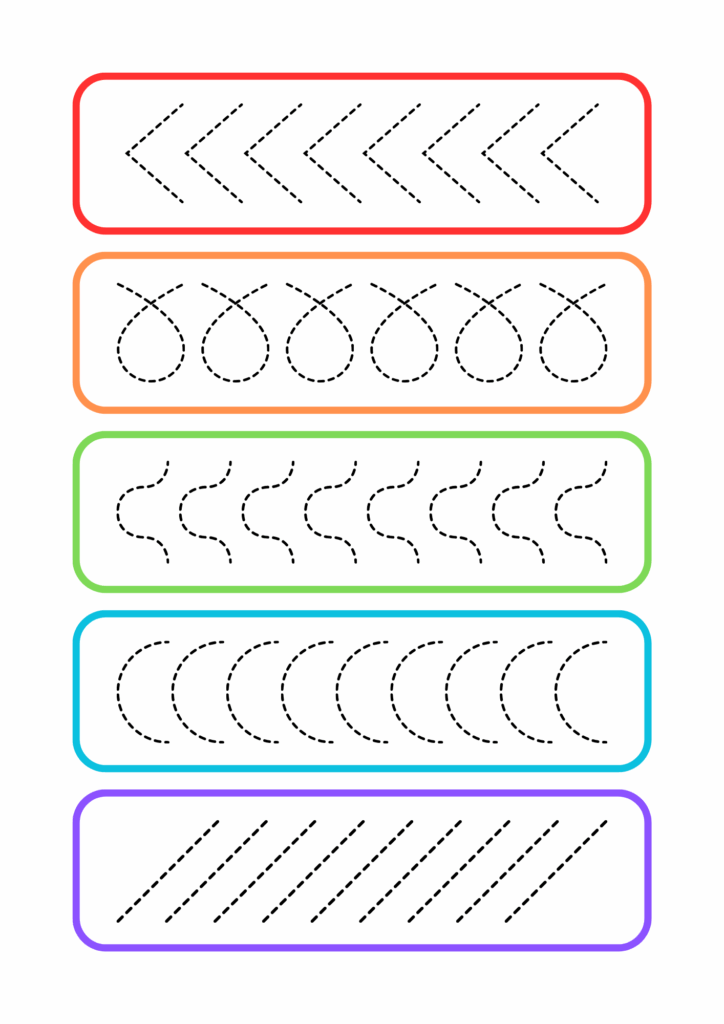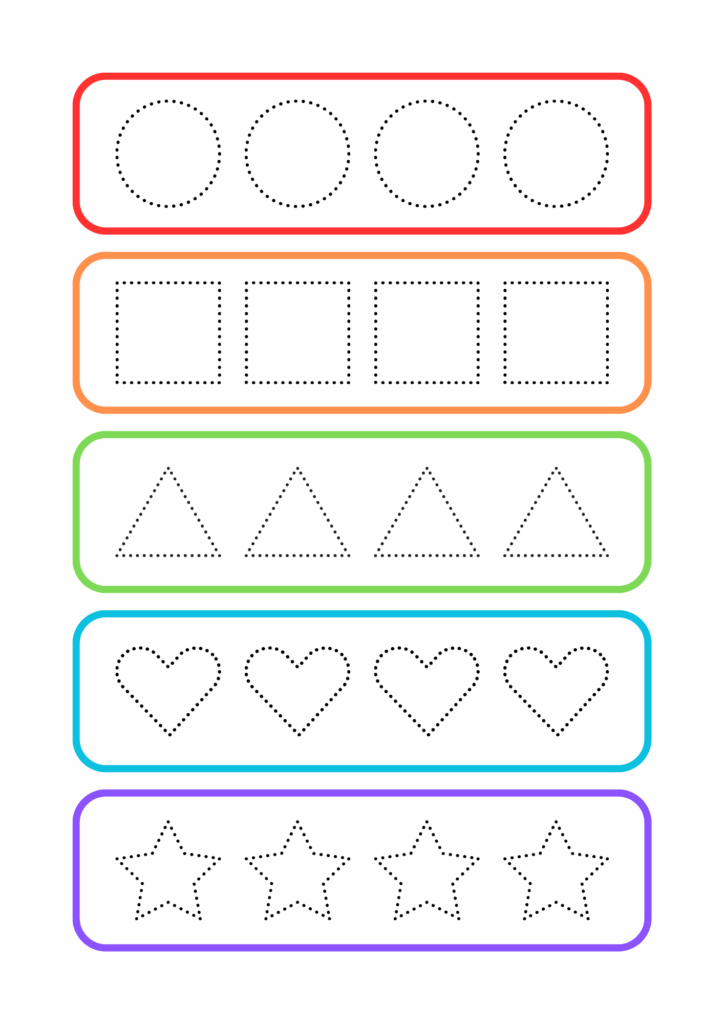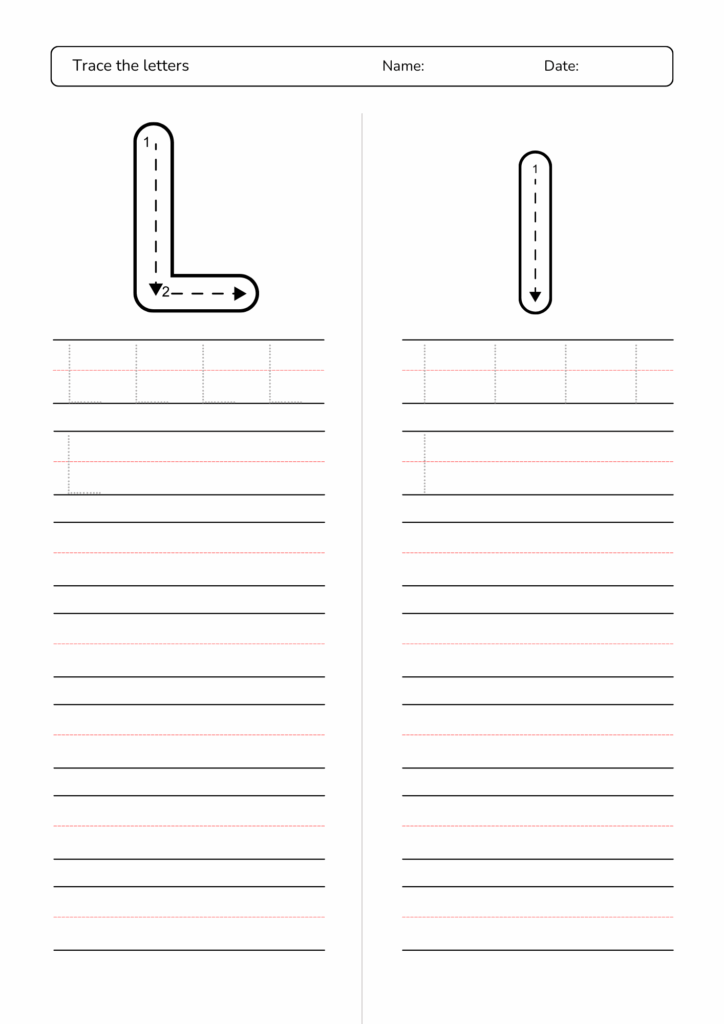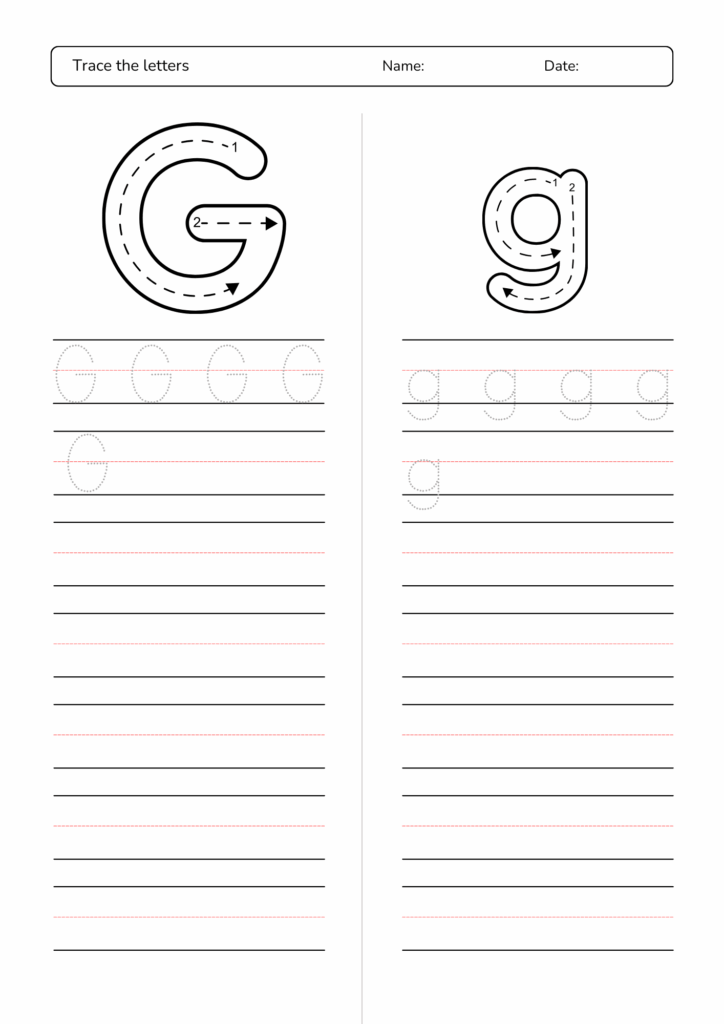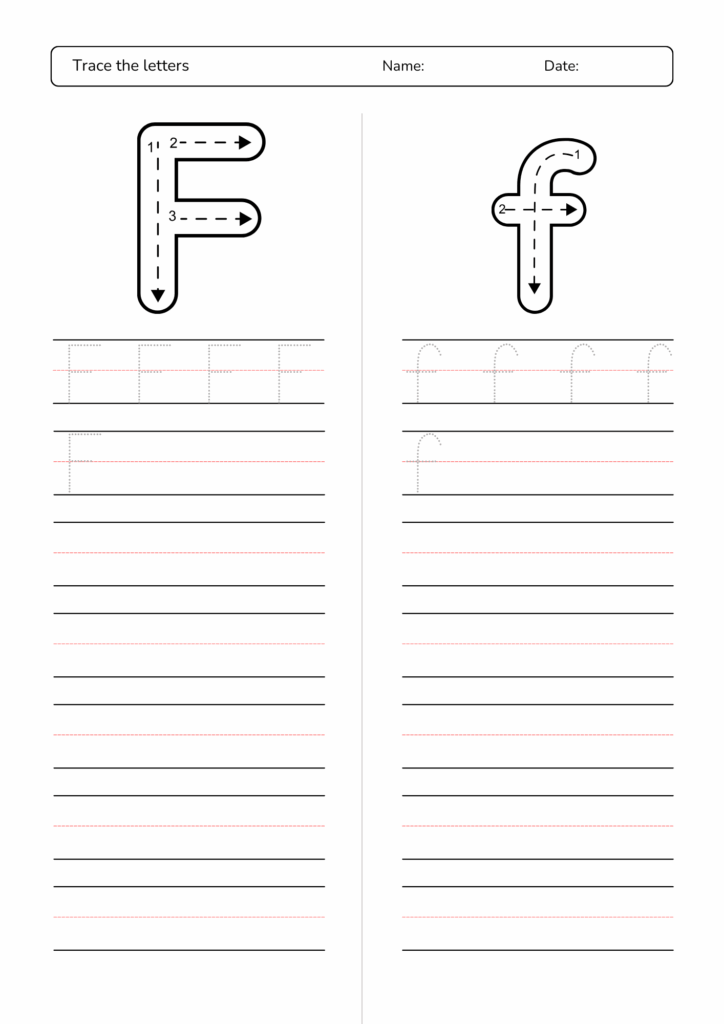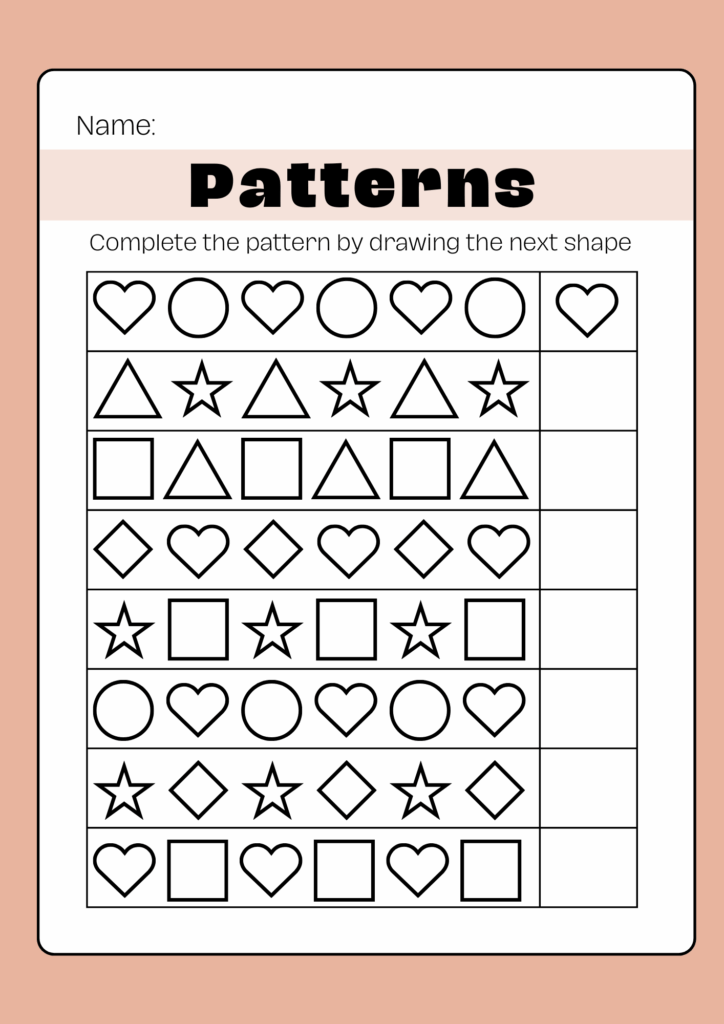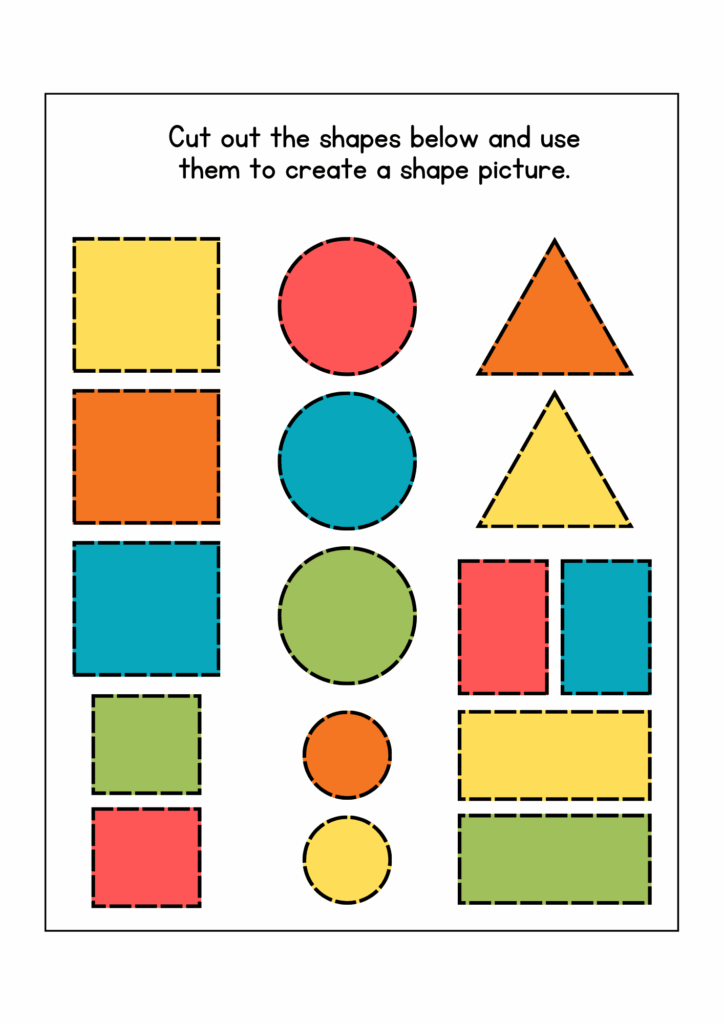The truth is—your preschooler doesn’t need expensive tools to thrive. With free resources, creative play, and a bit of structure, you can give your child a rich, joyful start to learning.Remember: preschool is about building curiosity, connection, and confidence. The best resource your child has is YOU. Looking for a starting point? Check out our Free Preschool Curriculum packed with fun, printable activities you can start using today.
Looking for a starting point? Check out our Free Preschool Curriculum packed with fun, printable activities you can start using today. SEO keywords used naturally in this blog:homeschool preschool for freefree preschool curriculumfree preschool worksheetslow-cost homeschool ideaspreschool at home learning activitiesWould you like me to design this blog into a pretty printable (PDF one-pager) for parents too, so they can download and save it from your website?
SEO keywords used naturally in this blog:homeschool preschool for freefree preschool curriculumfree preschool worksheetslow-cost homeschool ideaspreschool at home learning activitiesWould you like me to design this blog into a pretty printable (PDF one-pager) for parents too, so they can download and save it from your website?
Planning a Homeschool Routine That Honors Play (Not Just Academics)When many parents think of homeschooling preschoolers, they picture workbooks, flashcards, and structured lessons. But here’s the truth: young children learn best when play is at the center of their day. By creating a homeschool routine that honors play—not just academics—you’ll nurture curiosity, confidence, and a lifelong love of learning.Whether you’re new to homeschooling or refining your preschool routine, this guide will help you strike the right balance between structured academics and the freedom of imaginative play.Why Play Belongs in Your Homeschool RoutinePlay is not “just fun.” It’s how preschoolers explore the world, build social-emotional skills, and practice problem-solving. Research shows that play-based learning supports early literacy, math, and even science concepts. A homeschool schedule that values play alongside academics helps children:Develop creativity and imaginationStrengthen fine and gross motor skillsBuild resilience and confidenceConnect with learning in meaningful, hands-on waysBy weaving play into your daily rhythm, you’ll reduce stress for both you and your child while keeping learning joyful.How to Plan a Homeschool Routine That Honors PlayA successful preschool homeschool routine doesn’t have to look like a traditional classroom. Instead, focus on creating a flexible rhythm that alternates between short academic activities and plenty of unstructured playtime.Here’s a sample routine you can try:Morning RoutineCircle time (10–15 minutes): Read a story, sing songs, and talk about the day of the week or weather.Academic focus (20 minutes): Short, playful lessons in letters, numbers, or early phonics.Free play (30–45 minutes): Building blocks, pretend play, art, or outdoor exploration.MiddaySnack + movement (15 minutes): Dance party, yoga, or outside play.Learning through play (20–30 minutes): Hands-on math games, science experiments, or sensory bins.Quiet time (20 minutes): Independent reading, puzzles, or drawing.AfternoonProject or creative activity (30 minutes): Crafts, cooking, or nature walks.Outdoor play (as long as possible): Running, climbing, and exploring.This structure gives your child a balance of learning and play without feeling overwhelming.Tips for Blending Play and AcademicsUse themes: Pick a weekly theme (like “Animals” or “Transportation”) and weave it into books, crafts, and pretend play.Follow your child’s lead: If they’re building a tower, join in—then sneak in counting or shape recognition.Keep lessons short: Preschool attention spans are limited—10–20 minutes of focused learning is plenty.Rotate toys and activities: Keep play fresh by swapping out bins or creating themed play stations.Final ThoughtsHomeschooling preschool doesn’t mean recreating a traditional classroom at home. By planning a homeschool routine that values both academics and play, you’ll give your child the gift of joyful learning. Remember—play is the work of childhood, and it deserves a central role in your homeschool journey.It
When it comes to preschool at home, a balanced routine matters—but balance doesn’t mean stuffing the day with worksheets and lessons. Children learn best through play, movement, and discovery. By weaving play into your daily rhythm, you’ll nurture creativity, problem-solving, and a love of learning while still covering important early skills. A homeschool routine built around both structure and play helps your child thrive in every area—academically, socially, and emotionally.
Homeschooling preschool doesn’t have to be expensive—or complicated. In fact, some of the best learning happens through everyday play, creativity, and simple routines at home. With a little planning, you can give your child a rich and joyful early education using materials you already have or can find at little to no cost. From hands-on activities to nature walks, story time, and imaginative play, learning opportunities are everywhere—you just need to know where to look!
Final Thoughts: You Can Homeschool Preschool Without Spending Big
The truth is—your preschooler doesn’t need expensive tools to thrive. With free resources, creative play, and a bit of structure, you can give your child a rich, joyful start to learning.
Remember: preschool is about building curiosity, connection, and confidence. The best resource your child has is YOU.Welcome to WordPress. This is your first post. Edit or delete it, then start writing!

